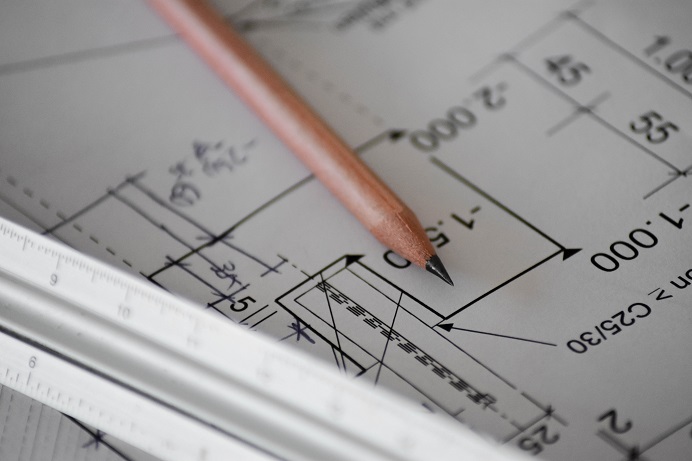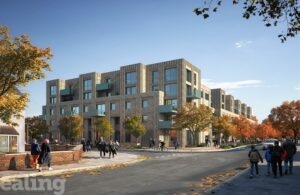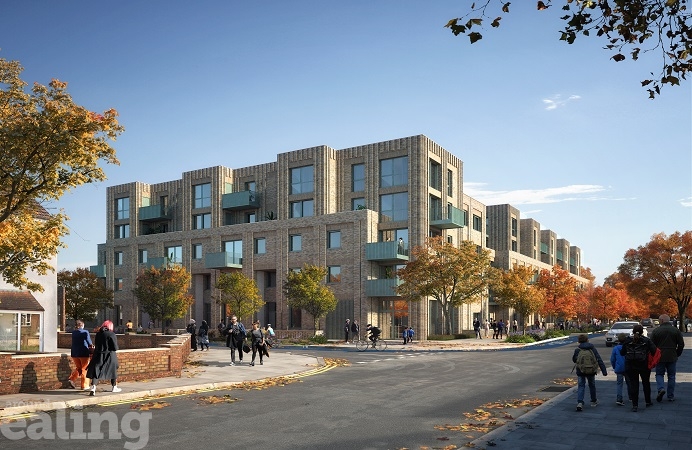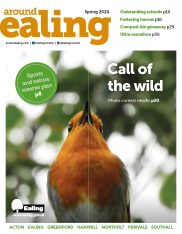Whether you are thinking of carrying out some work on your home, or considering developing or changing the use of a building or a piece of land, you may need to apply for planning permission.
The local planning authority is Ealing Council. If a developer wants to build new houses, or even if a resident is thinking of making big home improvements, a planning application has to be sent in to the council to be considered.
There are many different types of planning applications and consents that can all appear rather confusing for anyone who is not a property professional.
And you may not even need to make an application. So, it is always worth checking.
Planning process #1: Do you need to apply?
Large scale, or commercial, work will usually need planning permission. However, smaller-scale work often does not. For example, typical house extensions may fall under ‘permitted development’ rules, meaning they do not need planning permission – but they would still need to fall within certain limits and guidelines.
In addition, you may still need to get building regulations approval for such work – and also for changes to existing buildings like significant electrical or plumbing work or replacing doors and windows.
You can find detailed general guidance on all of this – and the type of work for which you need to apply for planning permission – on the Planning Portal website.
Planning process #2: The application
If you do need to apply for permission you have to find out the most appropriate route to follow, because the planning application process varies, depending on the scale and the location of the proposed work. But there are three main types of planning application that are the most common:
a) Outline planning consent. This type of application seeks to establish whether the scale and nature of a proposed development would be acceptable to the local planning authority before a fully detailed proposal is put forward. It requires information on the scale and nature of the development, and in some instances for potential technical constraints to be addressed in principle, including ecology and landscape impacts, flood risks and so on. Once the permission is granted, you will need to ask for approval of the details before work can begin – which will be subject to a reserved matters application at a later stage.
b) Reserved matters application. When outline permission has been granted, you may make an application for the outstanding reserved matters. This includes the information excluded from the outline planning application such as appearance, means of access, landscaping, scale, layout and appearance of the development. The details of this application must be in line with the outline planning application approval and include any conditions attached to the permission. If your proposal has changed, you may need to reapply for outline or full planning application. The outline decision notice is issued by the local authority and states which matters are reserved for later approval.
c) Full planning consent application. These can be used to make a detailed planning application for a development including building, engineering or other works, in, on, over or under land, or the making of any material change in the use of any buildings or land. It requires detailed drawings, reports and surveys to be submitted together with the planning application to the local planning authority. Building works which may require planning permission include structural alterations or additions to buildings, demolitions, rebuilding and any other work normally undertaken by a builder. Planning permission will also be necessary, in most cases, if there is a proposed change of use of buildings or other land. This application excludes householder developments.
The planning process #3: What comes next?
The applications will be assessed by planning officers before being put before the councillors sitting on Ealing Council’s planning committee. They are specially trained and the committee has to reach its decisions based on planning laws, as well as on all kinds of guidance.
Planning applications are decided in accordance with the current Ealing local plan. This is a 15-year strategy that sets out a vision for the development of the borough up to 2026. It must be in conformity with the London Plan that is produced by Mayor of London.
This plan considers how the borough fits into the bigger London picture and affects how the council will allow new housing, create new jobs, protect green spaces and heritage, provide community facilities and ensure transport services meet requirements. Guide to local plans.
The council regularly reviews this plan to keep it up to date and will be consulting on a new plan soon. A new London Plan is being produced and it outlines a need for Ealing to provide 28,000 new homes in the next 10 years, 50% of which need to be affordable.
Objections to planning applications can be raised by the public but, to be considered by the committee, the objections have to be based on the same strict criteria. The committee’s decisions can be appealed – and have occasionally been overturned by higher planning authorities.
How do I find out more?
If you have any questions about whether your proposal requires planning permission, contact the planning department at planpol@ealing.gov.uk or on 020 8825 6600. For more information on planning permission visit ealing.gov.uk/planningpermission








